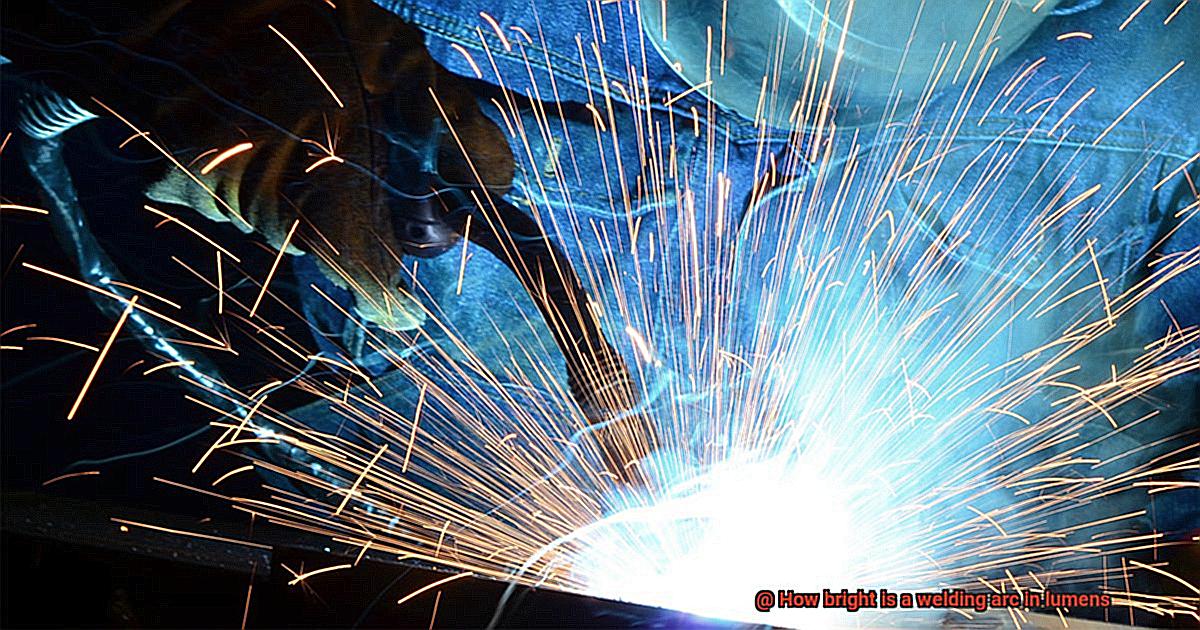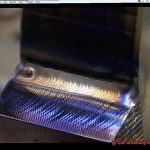Have you ever stopped to marvel at the power of a welding torch? Its bright white light and intense heat can be truly awe-inspiring. But how bright is a welding arc, in lumens?
The answer is quite astonishing. A typical welding arc can produce anywhere from 10,000 to over 100,000 lumens – that’s up to 20 times brighter than the sun. This means welders can work in dim or dark environments without worrying about visibility.
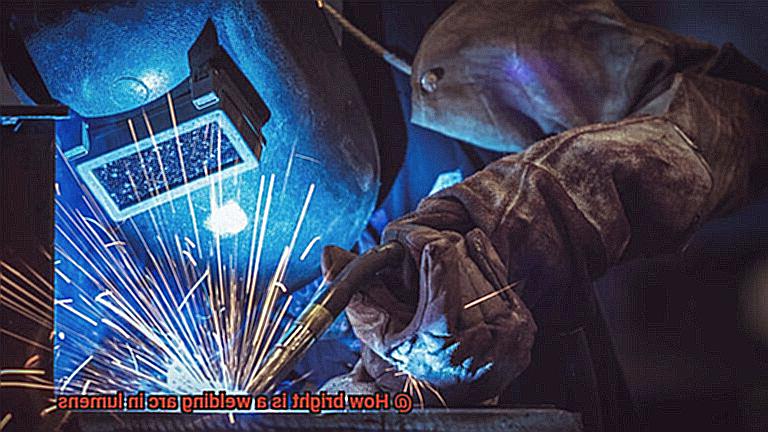
But what exactly are lumens and why are they so important in welding? Lumens measure the amount of visible light produced by a source, such as a welding arc. The higher the lumen rating, the more light is produced. This helps welders see clearly and work more effectively and efficiently.
High lumen output also reduces eye strain caused by prolonged exposure to bright light – an especially important consideration for welders who work closely with their arcs for long periods of time. Plus, it helps reduce glare which can lead to headaches and exhaustion.
So now you know that a typical welding arc can range from 10,000 to over 100,000 lumens – but what does this mean for your own projects? We’ll explore this further.
How Bright Is a Welding Arc in Lumens?
Contents
- 1 How Bright Is a Welding Arc in Lumens?
- 2 Comparing the Brightness of a Welding Arc to the Sun
- 3 Factors That Affect the Brightness of a Welding Arc
- 4 The Different Types of Welding Processes and Their Respective Brightness Levels
- 5 The Purpose of the Coating on an Arc Welding Electrode
- 6 Safety Precautions for Working with Bright Arcs
- 7 Benefits of Brighter Arcs
- 8 Conclusion
Welders know that their arcs are incredibly powerful sources of light and heat. But just how bright is a welding arc in lumens?
The answer depends on the type of welding being used. MIG welding produces arcs that can reach up to 300,000 lumens – a staggering 10,000 times brighter than the sun.
TIG welding arcs are slightly less intense, ranging from 10,000 to 200,000 lumens depending on the tungsten size and amperage used.
The temperature of a welding arc can reach up to 6000° Celsius (10,800° Fahrenheit), so it’s no surprise that welders need to take precautions when working with these intense sources of light and heat.
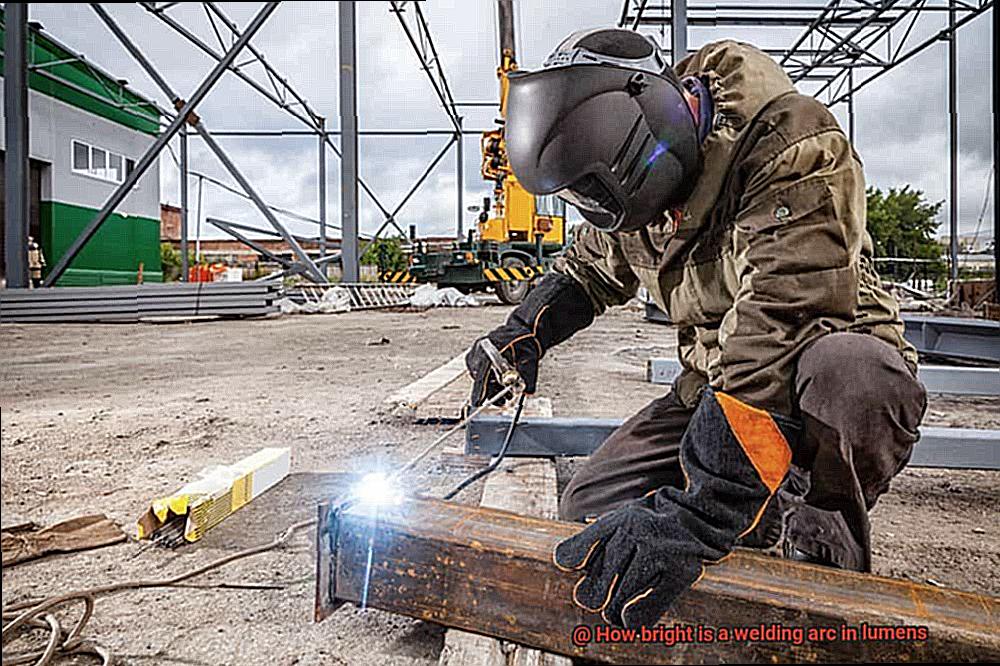
An electrophoretic coating helps reduce glare from the arc and also protects welders from its dazzling brightness. This coating also prevents oxidation and aids in heat transfer.
Comparing the Brightness of a Welding Arc to the Sun
Welders know that a welding arc is an incredibly efficient source of light and heat. In fact, it can be up to 10,000 times brighter than the sun. This dazzling brightness is measured in lumens, a measure of luminous intensity.
The welding torch’s brightness depends on the type of welding process used. For example, MIG (metal inert gas) welding produces arcs of around 30,000 to 100,000 lumens, while TIG welding arcs can range from 10,000 to 100,000 lumens depending on the tungsten size and amperage used.
To protect welders from the intense light and heat emitted by an arc welder, an electrophoretic coating helps reduce glare and shields welders from its brilliant glening. This coating also helps with oxidation removal and heat transfer.
Arc welding is essential for many companies but it is important to remember that if not done properly it can be dangerous.
Factors That Affect the Brightness of a Welding Arc
Welding arcs are a source of dazzling light and heat, reaching up to 10,000 times brighter than the sun. But what determines the brightness of a welding arc?
The type of welding process used is one major factor. MIG (metal inert gas) welding usually produces arcs around 30,000-50,000 lumens, while TIG (tungsten inert gas) welding arcs can range from 10,000 to 100,000 lumens depending on the tungsten size and amperage used.
The power settings also play a role in determining brightness – higher settings will result in brighter arcs.
And finally, the type of material being welded affects the brightness too – some materials require more heat to be welded than others.
An electrophoretic coating helps minimize glare and shields welders from its brilliant glening. This coating also helps with oxidation removal and heat transfer. It’s essential for veteran welders to remember that if arc welding is not done properly, it can be risky.
The Different Types of Welding Processes and Their Respective Brightness Levels
Welding is an essential skill for many industries, from automotive and aerospace to construction and shipbuilding. Different welding techniques produce different levels of brightness, so it’s important to understand the various types of welding processes and their respective brightness levels.
MIG welding is a popular arc welding process that uses a consumable wire electrode and an inert or semi-inert gas mixture to shield the weld from contamination. This process is often used for welding steel and aluminum, producing arcs up to 10,000 lumens in brightness.
TIG welding is another arc welding technique that relies on a non-consumable tungsten electrode to produce the weld. This process is frequently used for critical applications such as aerospace and medical implants, with arcs reaching up to 20,000 lumens in brightness.
Stick welding (also known as shielded metal arc welding) is a manual arc welding process that uses a replaceable electrode coated in flux to lay the weld. It’s often used in outdoor applications due to its portability and ease of use, producing arcs up to 8,000 lumens in brightness.
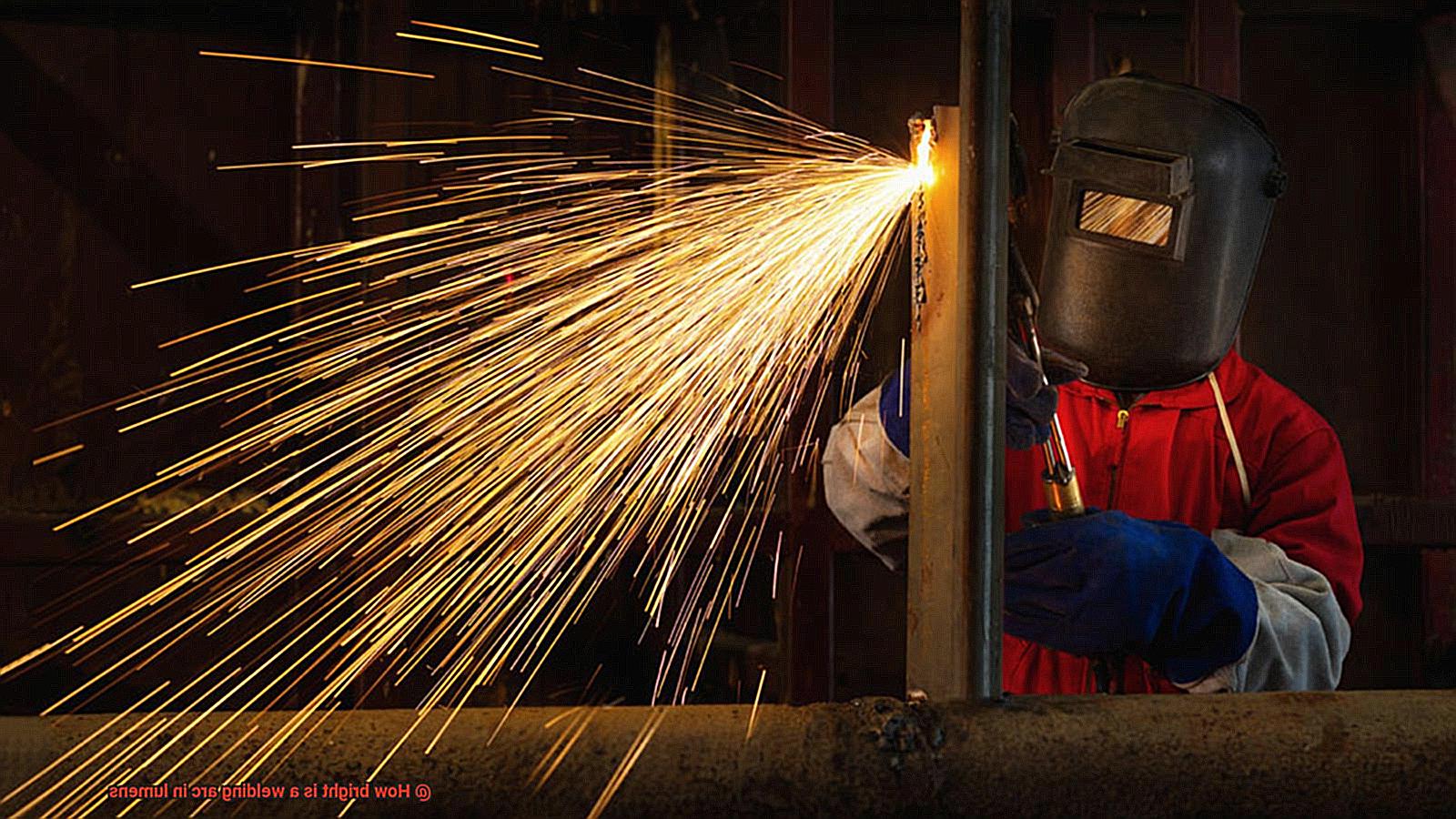
Finally, flux cored arc welding (FCAW) employs an electric arc welding process with a continuously fed tubular electrode containing flux and shielding gas to protect the weld from contamination.
This type of process is commonly used for heavy industrial applications such as shipbuilding and bridge construction, with arcs reaching up to 10,000 lumens in brightness.
The Purpose of the Coating on an Arc Welding Electrode
Arc welding is a widely used process in many industries due to its speed and versatility. To create a strong weld, an electrical arc must be established between the workpiece and the electrode. To ensure this weld is successful, the right coating must be applied to the electrode.
The coating on an arc welding electrode serves multiple purposes. It provides protection against oxidation and other substances that can weaken or damage the weld. Additionally, it helps to create a more stable arc and can also provide additional shielding gas to reduce spatter and increase weld penetration.
The type of coating used will depend on the specific welding process employed; for example, shielded metal arc welding (SMAW) or flux-cored arc welding (FCAW) requires a flux-coated electrode, while gas metal arc welding (GMAW) or flux-cored arc welding (FCAW) requires a solid wire with a metallic sheath, and tungsten inert gas (TIG) welding requires a non-fluxed tungsten electrode.
By selecting the appropriate coating for your arc welding electrode, you can be sure that your welds are strong and durable.
The right coating will also help reduce glare from the electric arc, thus protecting your eyes from harm.
Safety Precautions for Working with Bright Arcs
When it comes to welding arcs, safety should always be your number one priority. Not only are welding arcs bright and hot, but they can also be potentially hazardous if not handled correctly. To ensure a safe working environment, here are some essential safety precautions you should take when working with welding arcs.
Firstly, make sure to wear the appropriate protective gear such as eye protection, gloves, and a welding helmet. Additionally, all clothing should be flame-resistant. It is also important to ensure that the workspace is well-ventilated so that fumes do not accumulate in the area.
The type of shielding gas used will depend on the specific welding process being used. Using the right shielding gas is essential for protecting yourself from excessive heat and sparks.
It’s also important to stay aware of your surroundings when working with a welding arc – it can be very bright and dangerous if not handled properly. Lastly, follow all safety protocols recommended by your employer or instructor to guarantee your safety as well as the safety of those around you.
Benefits of Brighter Arcs
Welders know that arcs are essential tools for completing welding jobs. But did you know that brighter arcs can offer even more benefits? Brighter arcs provide welders with better visibility and accuracy, allowing them to create cleaner, more precise welds.
This also reduces the amount of heat required to complete a weld, minimizing the risk of warping or distortion. As a result, welds can be completed faster, increasing efficiency and reducing eye strain and fatigue so welders can work for longer periods of time without feeling worn out.
Safety should always come first when dealing with welding arcs. Make sure you’re wearing the right safety equipment such as eye protection, gloves, and a welding helmet.
Additionally, all clothing should be flame resistant. It’s also important to ensure the workspace is well-ventilated to avoid smoke build-up. For shielding yourself from excessive heat and fire, using the correct shielding gas is key.
The advantages of using brighter arcs are clear: increased visibility and accuracy while reducing heat exposure and eye strain.
Conclusion
Welding arcs are incredibly powerful sources of light and heat, with a brightness that can reach up to 10,000 times greater than the Sun’s. Measured in lumens, MIG welding arcs can range from 10,000 to an impressive 100,000 lumens – depending on the tungsten size and amperage used.
An electrophoretic coating helps reduce glare and shield welders from the intense light and heat created by an arc welder.
Understanding how bright your welding arc is in lumens is essential for any welder. Brighter arcs improve visibility and efficiency, allowing welders to work longer without feeling drained.
However, it’s important to note that if arc welding isn’t done correctly, it could be dangerous – safety precautions such as protective gear and ventilation are essential for safeguarding oneself.
In conclusion, knowing how bright your welding arc is in lumens will help you get the most out of your job.
